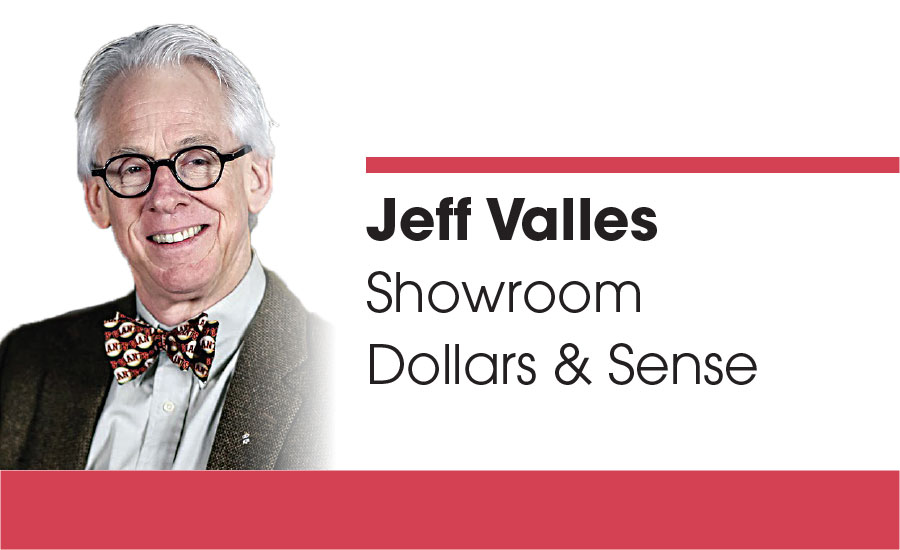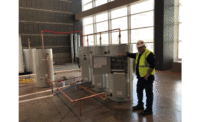You have taken great care to create and merchandise your showrooms to display every style and configuration of faucet available in countless finishes. You are confident that any customer walking through the front door will be able to sort through the many products and find the faucet just right for their job. This is why the trades continue to return to your showroom; you show it all. This broad selection is also why consultations can take hours and create a pandemic sanitizing nightmare.
“When people are given a moderate number of options (four to six) rather than a large number (20 to 30), they are more likely to make a choice, are more confident in their decisions, and are happier with what they choose,” says Sheena Iyengar, author, “The Art of Choosing.”
People desire an endless array of opportunities, but when at the moment of choice, our minds are not capable of viewing a hundred options; even 10 options surpasses our physical limits of comprehension. In efforts to show it all, we could very well be confusing our customer to the point of analysis paralysis, perhaps even driving them to a competitor.
Remember when Netflix offered a million dollar prize to anyone who could write an algorithm to increase Netflix's ability to select the best shows for its views by simply 10%? Reed Hastings, CEO of Netflix, understood that his company must offer a tremendous amount of quality programing and must also help its subscribers easily find what they want to enjoy. To leave them without this assistance will send them hopelessly scanning for an hour show that might take them 15-to-20 minutes to find. In that scenario, how long will they remain subscribers? What will they tell their friends about their experience?
Today’s hot social media app is TikTok. People are continuing to download the app in record numbers, spend hours watching videos and then craft their own 15-to-60 second videos. The key is not the content, it’s the ability of the app’s algorithm to show you the videos you will enjoy. In fact, the algorithm is so important that many think China’s new AI technology export law is directly aimed at not allowing TikTok to share or sell its core algorithm.
Likewise, in showrooms, the key is to develop a way to help your customers efficiently select the best product for their job without overwhelming them with a ridiculous amount of options. No, you do not have to go out and hire a company to write an algorithm for your showroom.
You could invest the time and money to redesign your showrooms to reflect today's neurological insights, or you could simply work with your talented showroom design consultants on how to help their clients see through the faucet haze. This process will also simplify your pandemic sanitizing processes.
Here is a simple process to consider:
- No clients may walk the showroom without a sales consultant. This might have been nearly impossible to enforce in pre-pandemic times, but now, it is the norm. Professionals (i.e. designers and contractors) can be allowed to work the showroom themselves but they are the only exceptions.
- The showroom consultant talks with the clients before they start to walk the showroom. The purpose of this “meeting” is to help the consultant learn the style and extent of the job and help all parties gain comfort with each other.
- With job knowledge in mind, the showroom consultant leads the customers though the showrooms noting possible product choices. Once the group has finished walking the entire presentation or there are six or so products selected that they customer likes, proceed to the work area where the selections are discussed and a final decision is made. Before the clients touch the faucet, the showroom consultant sanitizes each faucet. This ensures each product is clean and increases your client’s comfort level in these stressful times.
This is a very simple concept and one I am sure some showrooms have already implemented. It helps focus the clients on what will work for them instead of thrashing through all of the products available. It also helps you ensure your clients are only interacting with completely sanitized products and saves everyone involved time and stress.
These are not normal times and good and bad changes will come from this upheaval. I feel this change will become a go-to practice post-pandemic. Showrooms should merchandise to reflect today's neurological insights by more aggressively curating the products to present to your clients. After all, our minds can only handle so many good things at a time.




